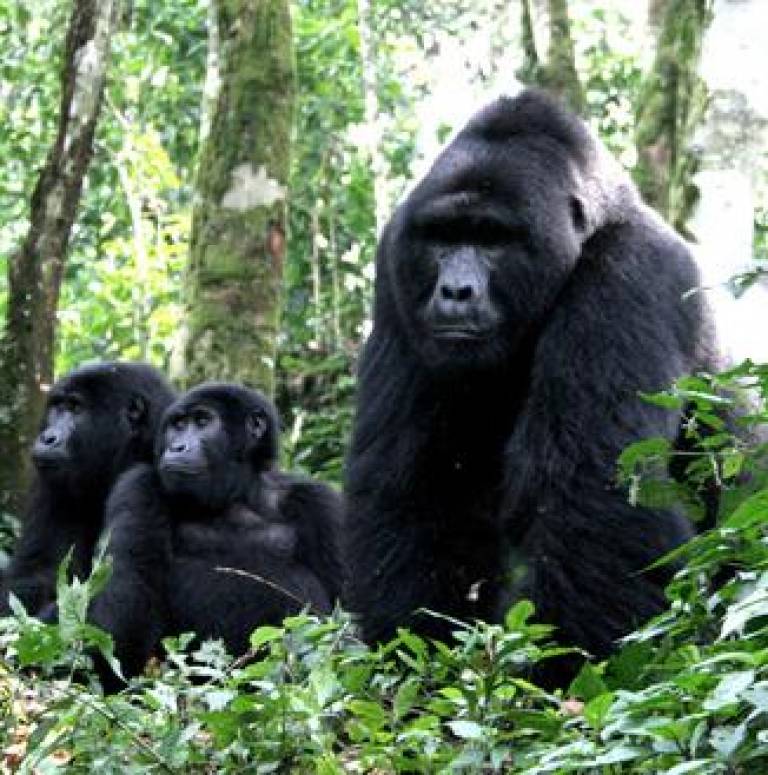Big and slow growing: how our ancestors were like gorillas
30 November 2007
Links:
 sciencemag.org/" target="_self">'Science'
sciencemag.org/" target="_self">'Science'
- Press reports:
- Times online
- Telegraph online
- Reuters UK
Research published in the journal 'Science' this week shows that some of our closest extinct relatives had more in common with gorillas than was previously believed.
Dr Charles Lockwood (UCL Anthropology) was lead author of the study. He explained: "When we examined fossils from 1.5 to 2 million years ago we found that in one of our close relatives, the males continued to grow well into adulthood, just as they do in gorillas. This resulted in a much bigger size difference between males and females than we see today.
"It's common knowledge that boys mature later than girls, but in humans the difference is actually much less marked than in some other primates. Male gorillas continue to grow long after their wisdom teeth have come through, and they don't reach what is referred to as dominant 'silverback' status until many years after the females have already started to have offspring. Our research makes us think that, in this fossil species, one older male was probably dominant in a troop of females. This situation was risky for the males and they suffered high rates of predation as a result of both their social structure and pattern of growth."
The research used 35 fossilised specimens of 'Paranthropus robustus', an extinct relative of 'Homo sapiens' which existed almost two million years ago. The fossils came from the palaeontological sites of Swartkrans, Drimolen and Kromdraii, all of which are in South Africa's Cradle of Humankind World Heritage Site near Johannesburg.
Dr Lockwood added: "The pattern of growth also gives a better understanding of who is male and who is female in this sample of skulls and it turns out that there are far more males in the fossil sample. Because fossils from the most prolific site, Swartkrans, are thought to have been deposited by predators such as leopards and hyenas, it appears that males were getting killed more often than females.
"Basically, males had a high-risk, high-return lifestyle in this species. They most likely left their birth groups at about the time they reached maturity, and it was a long time before they were mature enough to attract females and establish a new group. Some of them were killed by predators before they got the chance."
A final point made by the researchers is that not all fossil hominin samples show the same patterns, and it is quite possible that further work will reveal clear diversity in social structure between human ancestors. This research will help scientists to understand how human social structure evolved.
This research has received broad media coverage. To read a selection of press reports, use the links at the top of the article. You can also read the full UCL press release for this story.
|
UCL context |
Image: Mature gorilla male with females
 Close
Close

